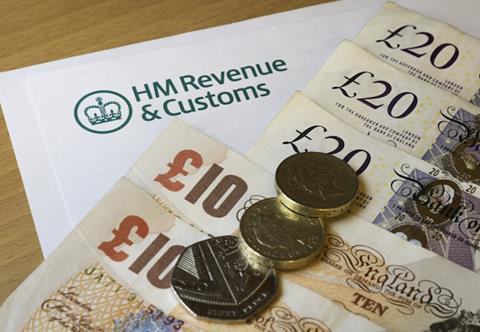
Retirement savers have accessed approximately £21.7 billion through pension freedoms since reforms were introduced in April 2015, according to data from HM Revenue and Customs (HMRC).
The Flexible payments from pensions: November 2018 report also found that the number of individuals who have received flexible payments from their pensions between the second quarter of 2018 and the third quarter of 2018 is 363,000. This is compared to 375,000 individuals between the second quarter of 2017 and the first quarter of 2018, and 393,000 people between the second quarter of 2016 and the first quarter of 2017. A total of 232,000 individuals received flexible payments from their pensions between the second quarter of 2015 and the first quarter of 2016.
Since the introduction of pension freedoms in April 2015, approximately 1.4 million individuals have accessed their pension for flexible payments. A total of 4.9 million payments have been made since April 2015.
Between July and September 2018, 585,000 payments were received by 258,000 individuals, totalling just under £2 billion. This compares to 574,000 payments to 264,000 individuals in the second quarter of 2018, at a total of £2.3 billion. From January to March 2018, 500,000 payments were made to 222,000 individuals, totalling £1.7 billion. Between October and December 2017, 454,000 payments were made to 198,000 individuals, amounting to £1.5 billion.
Nathan Long, senior pension analyst at Hargreaves Lansdown, said: “Retirees continue to manage their money sensibly, as an increase in the number of pension withdrawals masks the fact that the value of each withdrawal has now stabilised at between £3,000 and £4,000. Many of these withdrawals are now courtesy of the retire-as-you-go generation drawing on their pension again and again for long-term income as their lifestyle dictates.”
The figures are based on data reported to HMRC. Individual numbers are rounded to the nearest 1,000. The yearly individual totals are lower than the sum of the quarterly individual numbers, as some have taken payments in multiple quarters.
Reporting was optional up to April 2016, when it was made compulsory. For this reason, figures prior to this are not comprehensive. This may account for part of the increase in reported payments seen in the second quarter of 2016.











